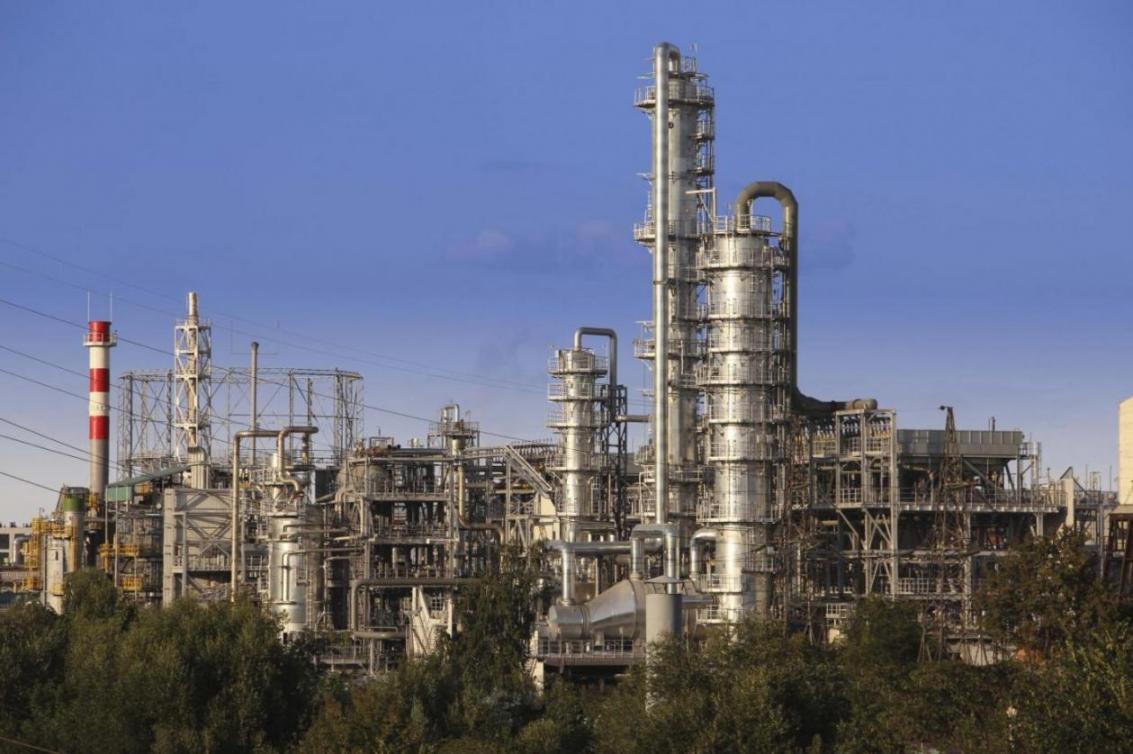Plans outlined for the petrochemical industry seemingly aimed at preventing the export and sale of raw material, cannot be put into effect now. Development plans, which mostly focus on augmenting the upstream industries, will increase the sale of raw material in the key petrochemical sector from 60 percent to 80 percent, said Payam Kohtari, a petrochemical analyst, Fars news agency reported.
He said that what the Iranian National Petrochemical Co. (NICP) embarks upon should result in the expansion of the value chain, which is a set of activities that the petrochemical industry undertakes to be able to deliver valuable products to the market. “The NICP seems to be doing otherwise.”
Elaborating on the controversial NICP policies, Kohtari noted, “For instance, take the remarkable increase in methanol production. The production capacity of this product is slated to increase seven-fold and reach 35 million tons. However, the present methanol market is already saturated. Loss in such a market is definite unless there is a clear plan of action to expand the methanol value chain.”
Blindly Following the Chinese Model
NICP is doing its best to complete the value chain and producing propylene from methanol. “Nonetheless, the approach taken by this firm is against the strategies adopted by companies in other countries.”
Highlighting the fact that in most countries, in particular the US and the European Union, bareley two percent of methanol is converted into propylene the expert said, “Developed countries never embark on such business practices and import as much as they need. Yet China is the only country wherein propylene is produced from methanol. They do so due to their special economic conditions and the abundance in coal mines.
Interestingly, not only do they import methanol in spite of their capability to produce it, they also have commenced propylene projects on a small scale (100,000-200,000 tons). The NICP intends to implement the project on a large scale that is 35 million tons per annum.”
The expert opines that drawing on other countries’ experience helps in minimizing risks, however, “when in it comes to the issue of methanol following China will spell disaster for the petrochemical industry.”
Currently, five million tons of methanol is produced yearly of which 95 percent is exported; on the other hand, NICP has done almost nothing to develop its value chain. Changing this material into propylene is economically unviable simply because a massive funding is required to build methanol-to-propylene units.
Underlining the fact that petrochemical units need huge amounts of gas to operate, Kohtari said, “Injecting the much-needed gas into oil fields, exporting or utilizing it in power plants are more acceptable choices than wasting it on methanol production.”
Taking an alternative approach
The expert is of the opinion that to cover the lack of propylene in the country, petrorefinaries ought to be constructed; in addition, NICP should go for liquid feedstock since its value added is much more, but given the high price discrepancy in raw materials between gas and liquid petrochemicals, there is no incentive to move towards liquid feedstock.
Currently, 45 petrochemical units produce around 60 million tons of products, accounting for 36 percent of the total non-oil exports. According to global estimates, Iran holds 24 percent of Middle East’s and 4.2 of the world’s petrochemical production capacity.


